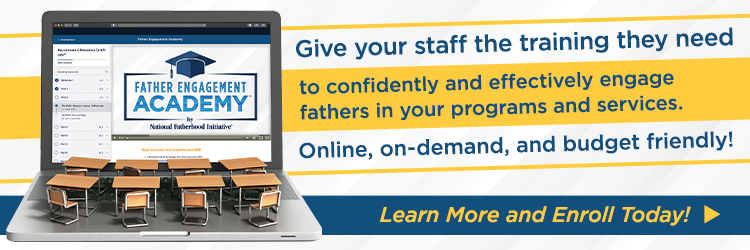
The “Success Sequence,” formula involves three steps for young adults:
- get at least a high school education
- work full time
- and marry before having children.
However, some critics argue that the success sequence is only valid if a person is born into a family or social status that already supports the success sequence, and that it ignores the obstacles individual efforts can’t always overcome.
But a new report from the Institute for Family Studies and American Enterprise Institute shows something very encouraging when it comes to the power of the success sequence for disadvantaged young adults.
The new report "The Power of the Success Sequence for Disadvantaged Young Adults," which uses poverty level as the measure of success, finds that young adults from disadvantaged circumstances who follow the success sequence are markedly more likely to overcome challenges and achieve economic success.
The report focuses on how structural factors (e.g., race/ethnicity, family income growing up) are linked to the success sequence for Millennials. They also looked at the role of high school graduation in the success sequence steps. Poverty is the main economic outcome used in this report. All analyses are based on data from NLSY97 Round 18 (conducted in 2017 and 2018) when these young adults were ages 32-38.1
 There is no question that structural disadvantages make it more difficult to follow the three steps of the sequence. But that is also why it matters: young adults who manage to follow the sequence— even in the face of disadvantages—are much more likely to forge a path to a better life.
There is no question that structural disadvantages make it more difficult to follow the three steps of the sequence. But that is also why it matters: young adults who manage to follow the sequence— even in the face of disadvantages—are much more likely to forge a path to a better life.
According to the report, the vast majority of black (96%) and Hispanic (97%) Millennials who followed this sequence are not poor in their mid-30s (ages 32 to 38), as is also the case for 94% of Millennials who grew up in lower-income families and 95% of those who grew up in non-intact families. Moreover, for those who do not have a college degree but only finished high school and who work and marry before having children, 95% are not poor by their mid-30s.2
Conversely, among black Millennials without a high school education or a full-time job by their mid-20s, who also didn’t follow the marrying-before-having-children route, 73% are in poverty at ages 32 to 38. For Hispanic Millennials who missed all three steps, 54% are in poverty by their mid-30s. The share among whites is lower, about 40% who missed all three steps end up being in poverty. In a way, this shows that racial minorities, especially blacks, face stronger structural barriers to moving up.
With the completion of each step of the success sequence, the racial gap narrows rapidly. For Millennials who followed all three steps, only 4% of blacks and 3% of Hispanics are poor by their mid-30s. Stunningly, the racial gaps in poverty are almost closed.
Download and read the full report here.
In my next post, I will highlight a new website that offers education and videos around the success sequence that can be shared with young adults to help them understand that they have the power to make key choices that will affect their future.
1 In this analysis, finishing high school and having a full-time job (working 35+ hours per week and 50+weeks a year) were measured when respondents were in their mid-20s.
2 This is an update from the analysis in the Millennial Success Sequence report published in 2017. The two reports share a similar methodology.
